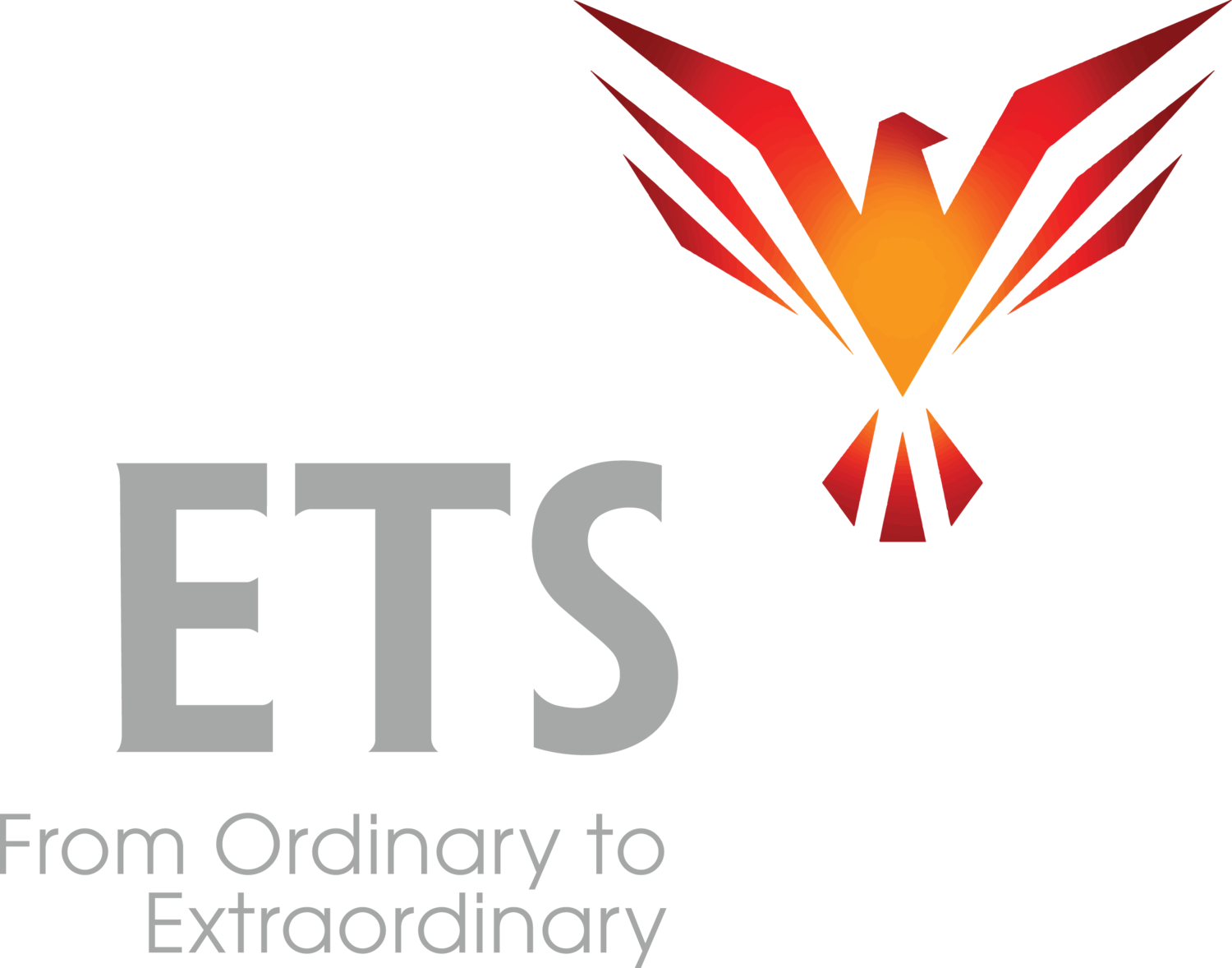Even though Gabrielle had just made it to VP, she felt powerless.
It was a new role for her and a new organization. She was hired to completely transform the organizational culture.
It was an old industry. The company was founded in 1899 and had grown massive. The culture hadn’t changed much in 100 years. It was polite but stodgy, slow moving, and suffocated new ideas with extreme conservatism. After many decades of success, the organization was slowly losing its competitive edge.
The CEO wanted Gabrielle to create a swift evolution into a dynamic, innovative and agile organization.
Making this happen sounded simple and straightforward in her job interview with the CEO. It even felt that way for the first couple of weeks as she walked around shaking hands, meeting everyone and receiving a warm welcome.
Then the reality of an unchanging culture set in.
The CEO was the only senior executive with vision, but was too busy to visibly support her.
Meetings became increasingly frustrating. Many executives and employees had been there for decades and were VERY comfortable. Everyone was willing to discuss Gabrielle’s innovative ideas, but no one was willing to DO anything with them. She did everything she could to persuade them to act, but discussions grew into polite but stubbornly unchanging debates.
Gabrielle was able to reach some people one-on-one, but when she contemplated the scope of reaching tens of thousands of employees spread out across the country, it looked pretty grim. She wasn’t getting the senior level or management support needed to make it happen.
She started to feel the time needed for real change to materialize would be measured in lifetimes with a target date of “probably never”.
But it was too late to back out. She had the job. She had made a promise.
How does one person change a whole organization? And do it fast?
It requires a great ability to enlighten others. How do you do that?
First, understand there’s a learning curve that happens whenever there’s any change.
And there are 5 hidden barriers all organizations (and even all individuals) encounter during this learning curve. If you don’t know what these hidden barriers are and successfully remove them, the learning curve will be painful.
The confusion, emotion and frustration you’ll have to deal with will drain you.
Because it’s a learning curve, these barriers prevent learning. This is an important point.
A powerful fact about people is that when they learn, they can’t help but change. With real learning, the change comes from within. It’s stable, durable, real, powerful, self-directed, intelligent, often brilliant, and happens naturally.
Gabrielle came to one of our workshops (Transforming the Learning Curve) and discovered how to remove the hidden barriers preventing the outcome she wanted.
After the workshop, she had a new approach.
She stopped trying to get the organization to change. She stopped trying to persuade. She stopped talking about change altogether. She never mentioned it again.
She switched over to educating and enlightening the organization.
Persuasion, influence, buy-in, transformation, all of the above are byproducts of new realizations, they’re the results of having learned.
Gabrielle progressively educated the organization in every meeting she attended. Every presentation she gave was enlightening. People stopped resisting and started listening. They walked out with new realizations, greater understanding. They were enthralled by what they were learning.
She removed the obstacles on the learning curve, replacing them each time with new understandings, new knowledge.
The organization’s awareness, intelligence, and most importantly their judgement, rapidly grew and hit a tipping point.
Senior executives, managers and employees started to demand a change. They told her why it was necessary! Even more, without prompting, they created changes in their immediate areas and saw fast success. They were creative in ways she never expected.
Within a couple of months, Gabrielle was watching a high-speed transformation in the culture happen organically, driven by the organization itself.
In December, we’re hosting another Transforming the Learning Curve workshop. The very same workshop Gabrielle used to transform her entire company in record time.
During this workshop, you will learn how to quickly remove the 5 barriers to your success and develop the ability to create persuasion, influence, buy-in, and transformation on demand.
We’ve limited the number of participants so you’ll get lots of personal attention.
I’m not sure when we’ll offer this again, so if you want us to hold a seat for you, hit reply and let me know.
Be the cause!




















